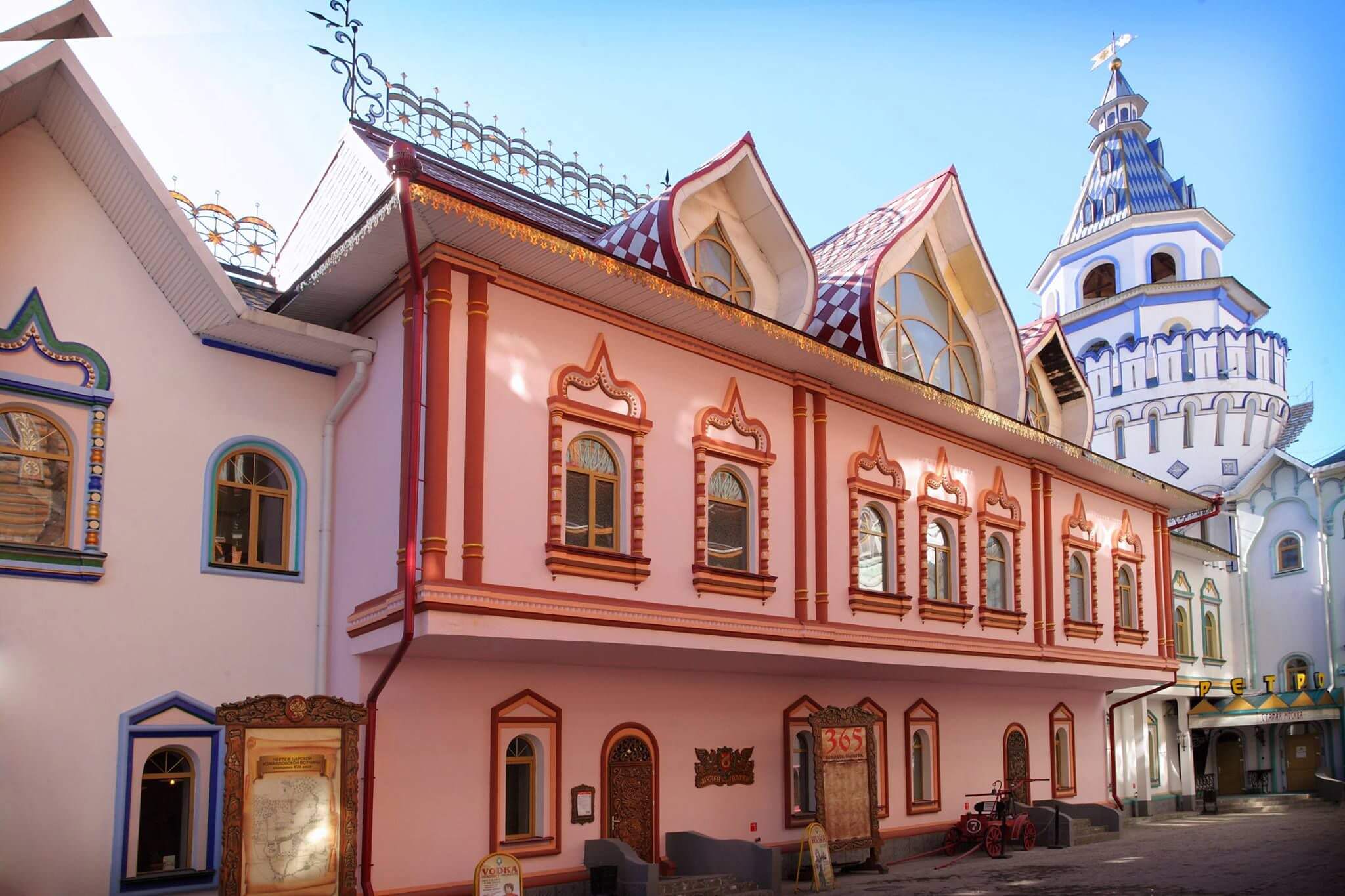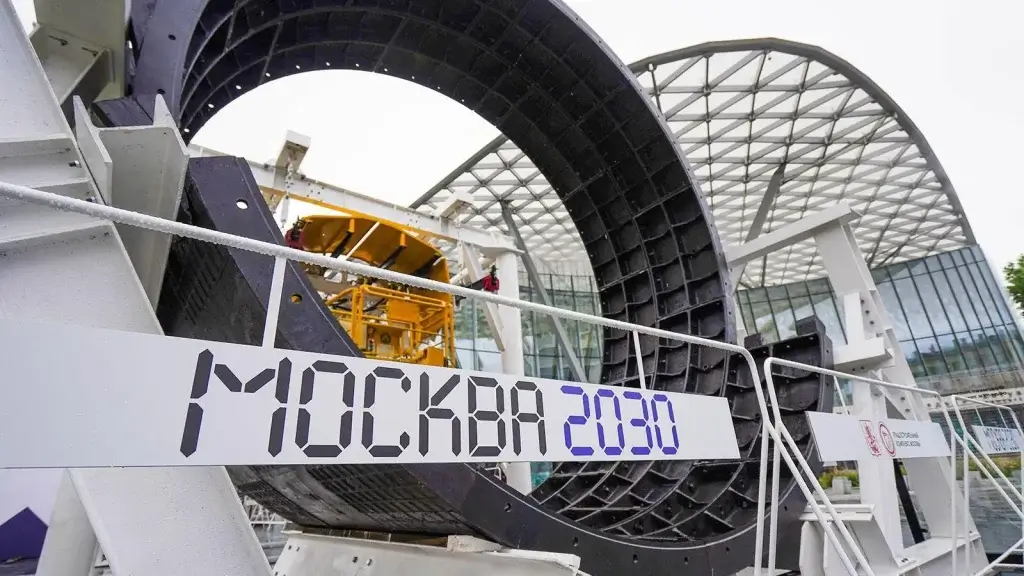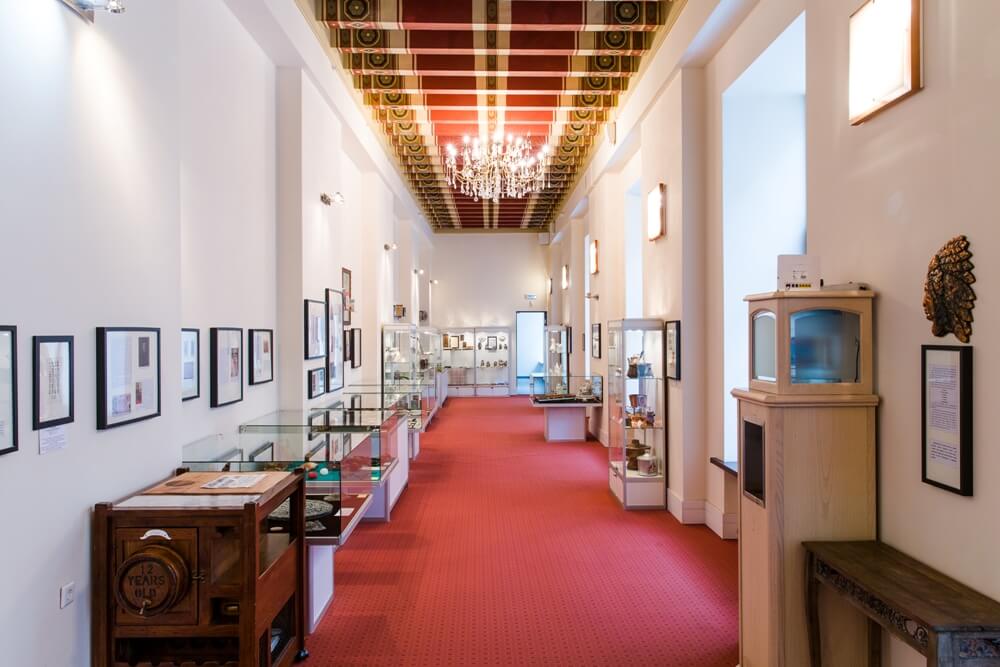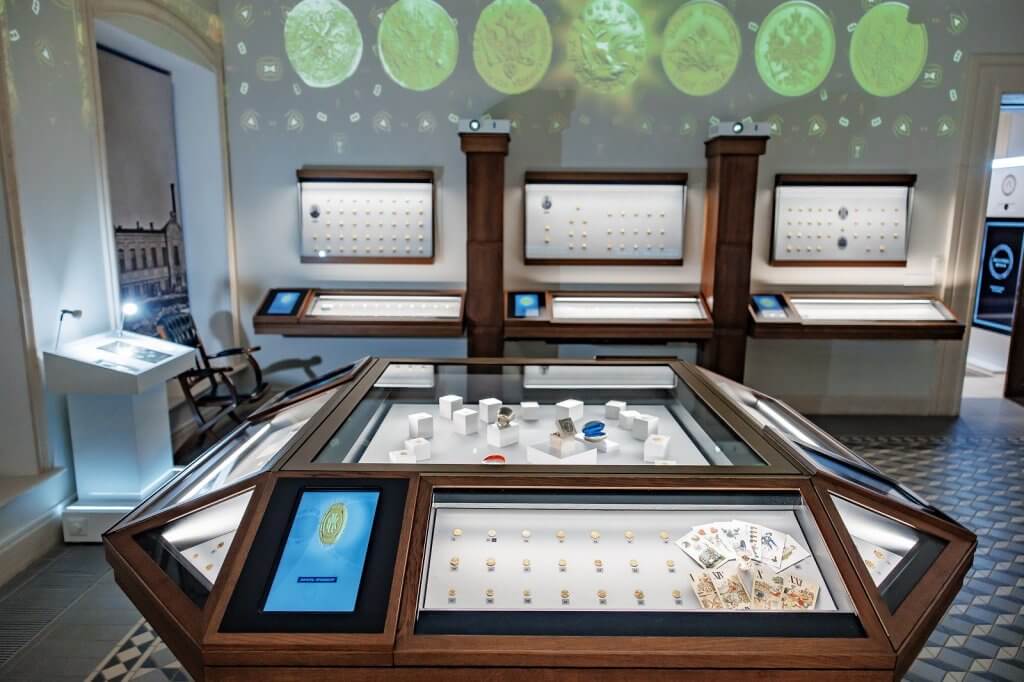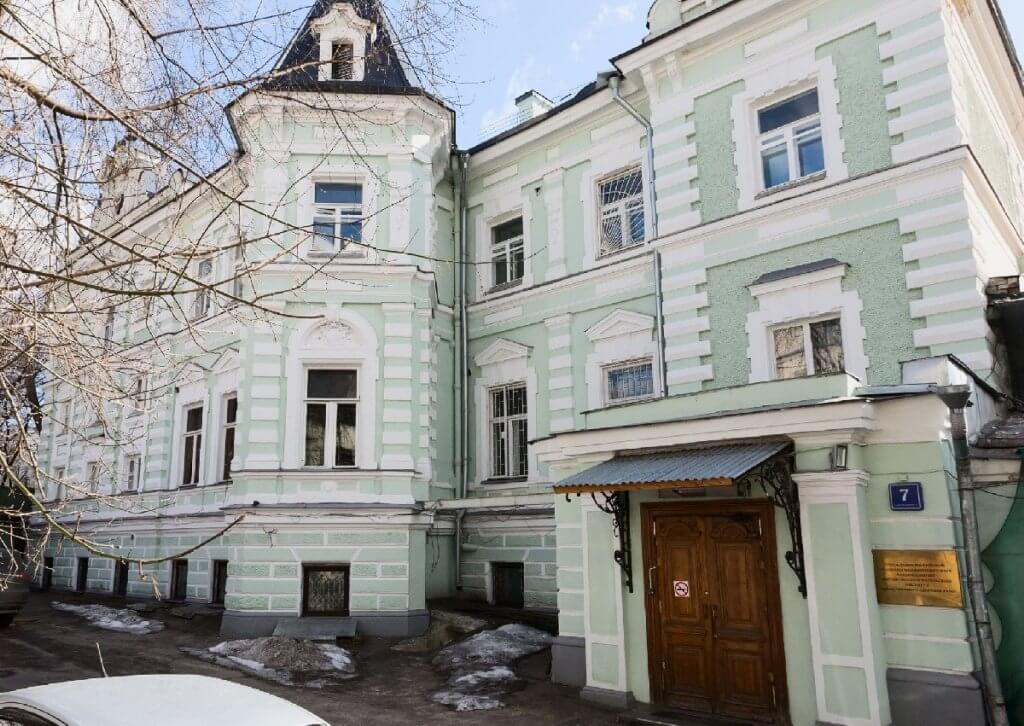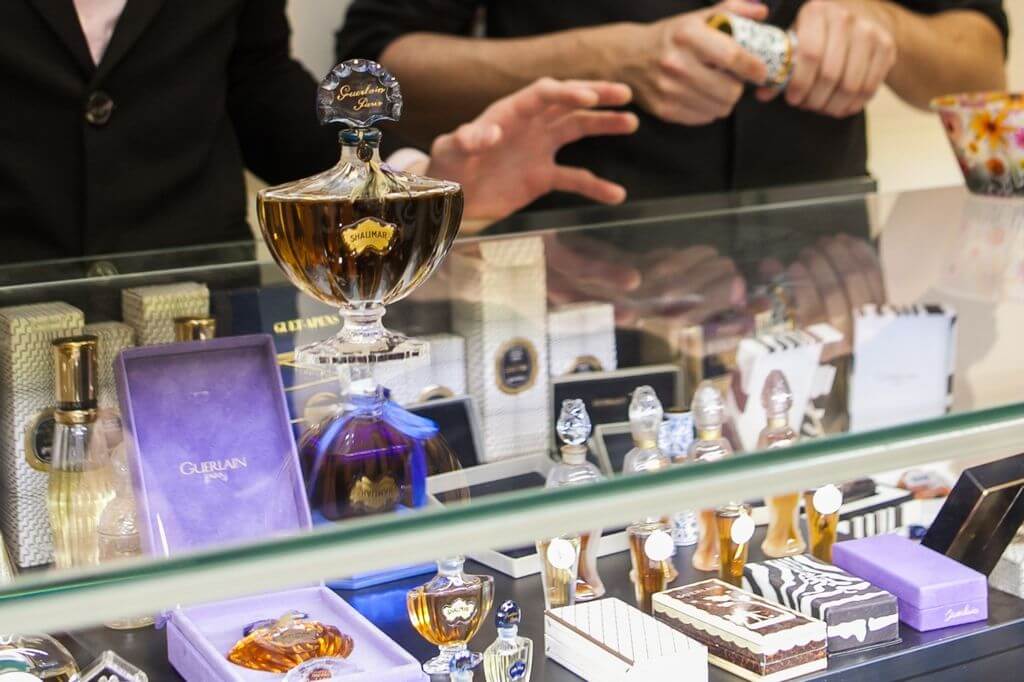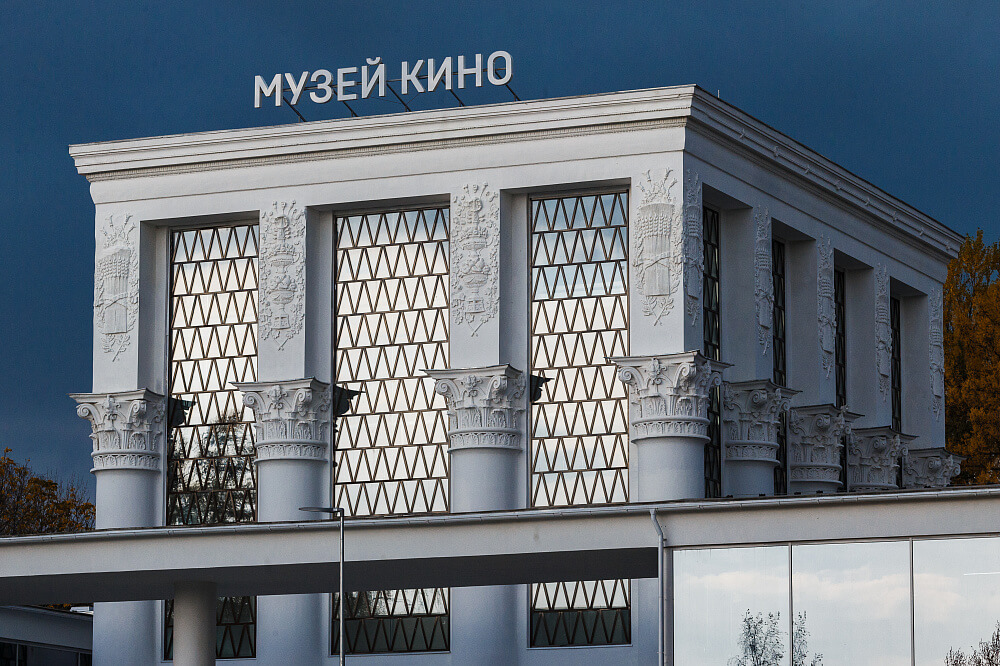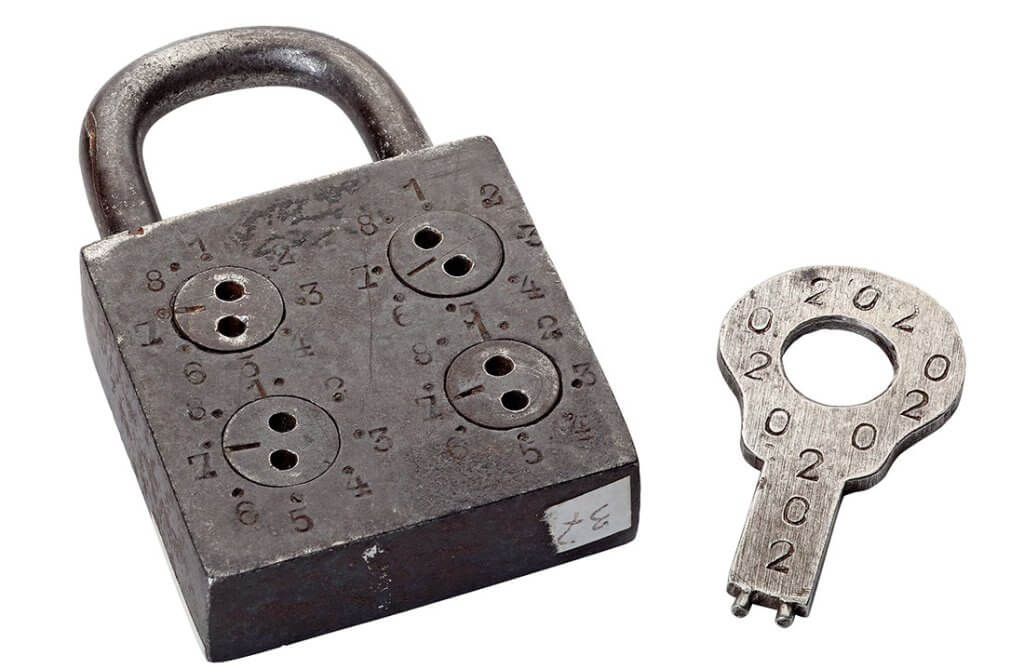A Spirited Journey Through Russian History
The Museum of Russian Vodka Moscow is a must-visit for anyone curious about Russia’s most iconic drink. Located in a historic 19th-century building near Taganka Theatre, the museum offers a fascinating look at the art of vodka-making, from ancient recipes to modern brands. Visitors can explore over 600 artifacts, including vintage bottles, distillation equipment, and propaganda posters glorifying vodka as a symbol of Russian identity.
Why Visit the Museum of Russian Vodka Moscow?
- Cultural Insights : Discover how vodka became an integral part of Russian celebrations, politics, and daily life.
- Tasting Sessions : Sample traditional vodkas paired with snacks like pickles and black bread.
- Interactive Exhibits : Learn the science behind distillation and try your hand at creating your own blend.
Key Exhibits to Explore
- History of Vodka :
- Displays on the origins of vodka, dating back to medieval monasteries where monks distilled spirits.
- Stories of Ivan the Terrible’s role in popularizing vodka among the elite.
- Soviet Era :
- Propaganda posters promoting vodka as a patriotic drink.
- Rare bottles from defunct Soviet factories like Crystal and Stolichnaya .
- Modern Brands :
- Exhibits showcasing contemporary vodka labels, from mass-market brands to artisanal craft spirits.
- Interactive stations explaining the differences between rye, wheat, and potato-based vodkas.
- Distillation Techniques :
- Vintage copper stills and tools used by 19th-century distillers.
- Hands-on activities where visitors can mix their own vodka blends.
Hidden Gems You Might Miss
- The Secret Recipe Book : A collection of handwritten recipes from 19th-century distillers.
- Sounds of the Distillery : Audio installations recreate the bubbling of fermentation tanks and clinking of bottles.
- DIY Tasting Workshop : Learn how to pair vodka with traditional Russian snacks like caviar and smoked fish.
Practical Information
- Location : Near Taganka Theatre (close to [Museum of Bread]).
- Hours : 12:00 PM–8:00 PM (closed Mondays).
- Tickets :
- Adults: 700 RUB (includes tasting session)
- Kids: Not recommended for children under 18
- Free for families visiting the [Museum of Bread] on the same day.
How to Maximize Your Experience
- Combine with nearby attractions:
- [Museum of Bread] to understand the pairing of vodka with traditional Russian foods.
- [Taganka Theatre] for a cultural evening after your visit.
- Attend workshops: Learn about the art of distillation or create your own signature vodka blend.
The Role of Vodka in Russian Culture
- Historical Context :
- Vodka was first distilled in monasteries and later became a staple at royal feasts.
- During Soviet times, vodka was both celebrated and criticized—seen as a source of national pride but also social issues.
- Modern Innovations :
- Contemporary distillers experiment with flavors like honey, pepper, and sea buckthorn.
- Artisanal vodkas reflect a growing trend toward premiumization and craftsmanship.
Visitor Reviews
- “The tasting session was unforgettable—I never knew vodka could have so many nuances!” — Ivan, tourist.
- “Loved the exhibit on Soviet-era propaganda posters. It was both funny and insightful!” — Maria, parent.
Future Plans for the Museum
- Expansion in 2024 : New exhibits focusing on global vodka traditions, from Polish Zubrówka to Swedish Absolut.
- Collaborations : Joint projects with the [Museum of Culinary Arts] on pairing vodka with gourmet dishes.
Conclusion
The Museum of Russian Vodka Moscow is more than just a tribute to a drink—it’s a celebration of Russian culture, history, and hospitality. From medieval monasteries to modern distilleries, it highlights the enduring role of vodka in shaping national identity.
- Why It Stands Out :
- The museum combines education, entertainment, and indulgence in one place.
- Tasting sessions and interactive exhibits make it engaging for all ages (18+).
- Cultural Relevance :
- Highlights universal themes like tradition, innovation, and community.
- Inspires appreciation for the craftsmanship behind every bottle.
- Why Return :
- Rotating exhibits feature new flavors and brands.
- Seasonal events, like holiday-themed tastings, add variety.

